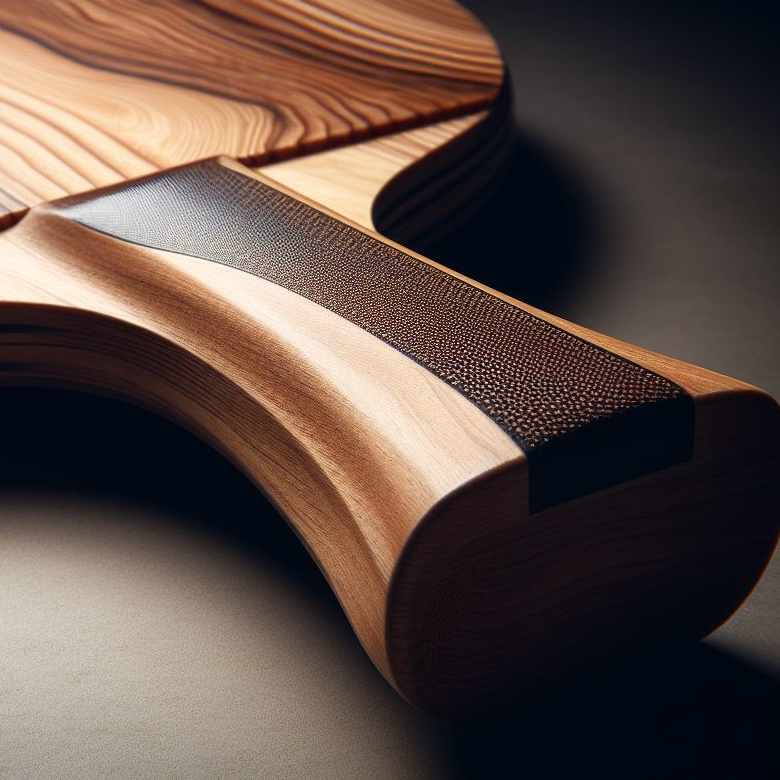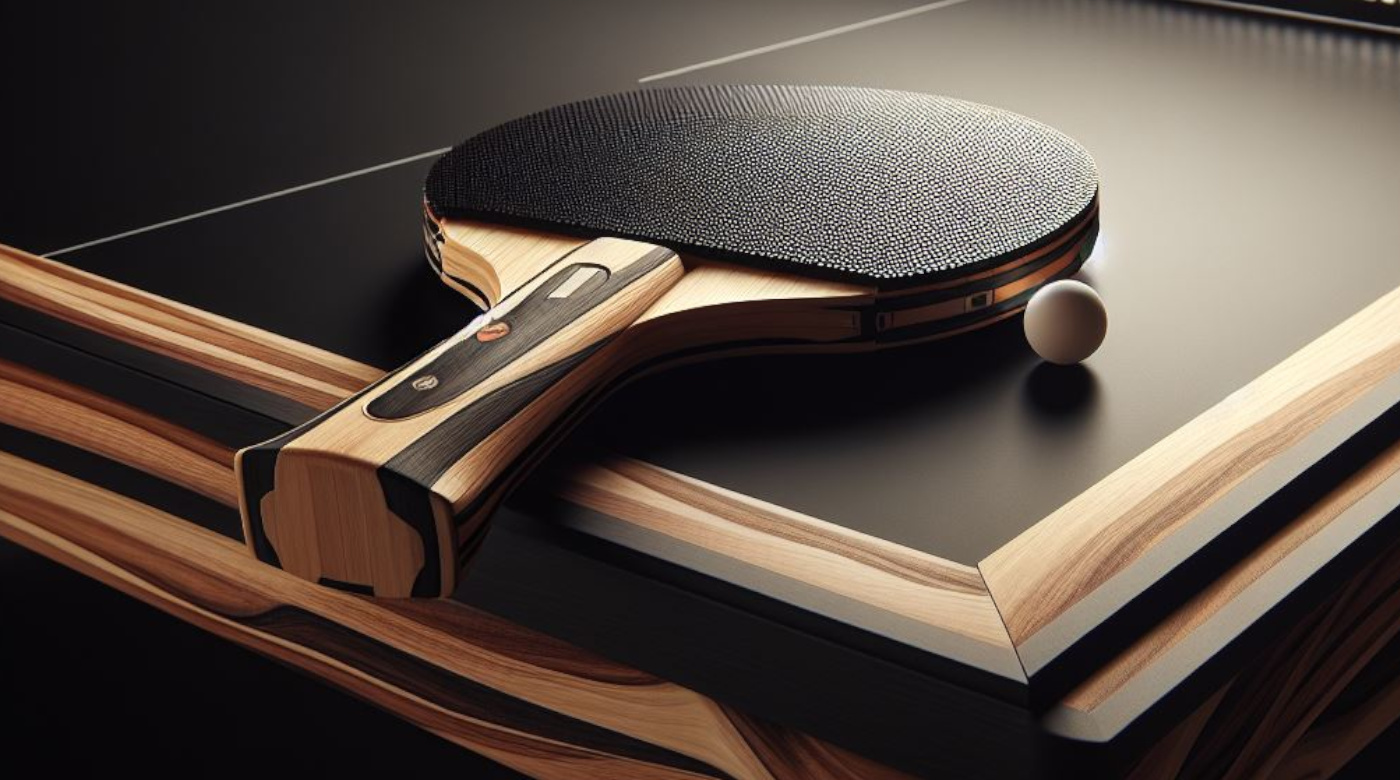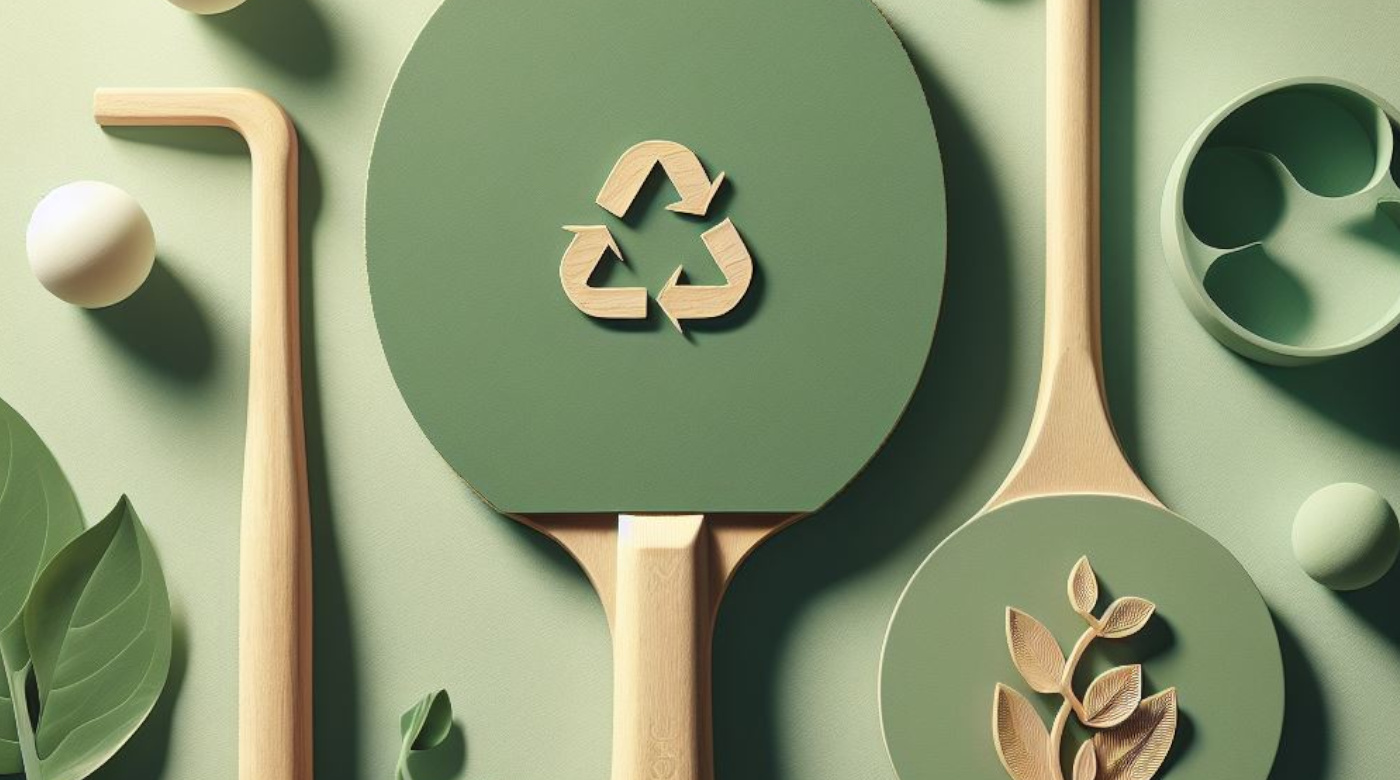Your cart is currently empty!
Table tennis is booming, with over 34 million licensed players worldwide. The United States has an active table tennis community with approximately 17 million people playing the sport recreationally. Competitive table tennis also has a significant presence, with thousands of players participating in clubs and tournaments under the governance of USA Table Tennis (USATT). And In the United Kingdom, around 75,000 people regularly play table tennis at various levels, including recreational and competitive settings. But what is the ecological footprint of this sport? Considering the materials used to make paddles, rubbers, and balls, one might wonder about the environmental impact of this practice. In this article, we will explore ecological best practices to limit this impact and how table tennis can become more sustainable.
The Environmental Impact of Table Tennis
Table tennis equipment is primarily made of wood for paddles and plastic for balls, two materials that can pose environmental problems. Table tennis paddles, although made of wood, often contain glues and chemicals that can be harmful to the environment. Moreover, the production of these paddles often involves exotic woods from faraway regions, increasing the carbon footprint associated with transportation.
Materials Used in Paddle Manufacturing
Table tennis paddles are mainly made from various types of wood. Here are some examples:
- Balsa Wood: Central and South America
- Ayous: West and Central Africa
- Limba: West and Central Africa
- Hinoki: Japan
- Spruce: Europe, mainly France
Although wood is a natural material, its origin can have a significant ecological impact, especially when it comes from distant regions. This raises the question: how can we limit the impact of these materials while maintaining the quality and performance of paddles?
Best Practices for More Eco-Friendly Table Tennis
Here are some concrete actions to reduce the environmental impact of table tennis, for both amateur and professional players.
Opt for Durable Paddles
One of the main levers to limit the ecological footprint of table tennis is to choose quality paddles designed to last. By avoiding frequent changes of equipment, you reduce waste and the need to manufacture new paddles.
Tip: When you need to replace a paddle, think about recycling or donating it, whether to your club or through local exchanges.
Choose Local and Eco-Friendly Materials
The materials used to make paddles play a crucial role in their environmental impact. Local woods, such as beech or oak in Europe, have a much lower ecological impact than exotic woods from Asia or Africa. By choosing local materials, you reduce the carbon footprint associated with transportation.
Moreover, some reinforcement fibers, such as flax, are more eco-friendly than carbon or fiberglass. Flax, in particular, is a natural fiber, lighter, and locally produced, mainly in France, which helps support the local economy.
Avoid Plastic Packaging
Another often overlooked aspect is the packaging of paddles. Many paddles are wrapped in plastic, which is not only polluting but also often difficult to recycle. Choosing products that use recyclable or plastic-free materials is an excellent way to reduce your environmental impact.
Solution: Opt for paddles without plastic packaging or those presented in recyclable cardboard boxes.
Prefer Solvent-Free Products
The glues and resins used to assemble the layers of paddles can contain chemicals harmful to the environment. By choosing paddles made without solvents or with eco-friendly glues, you help reduce the toxic footprint of your equipment.
Mamba Blades: A Commitment to Ecology
At Mamba Blades, we are aware of the environmental impact of our sport. That is why we have implemented the Green Speed concept, a responsible approach to manufacturing table tennis paddles. Here is how we contribute to a more eco-friendly table tennis:
Choosing Local and Durable Materials
We prioritize the use of local materials such as flax for reinforcements, as well as European woods like spruce. These choices reduce transportation distances and support the local economy. Flax, in particular, is lighter than fiberglass and offers anti-vibration properties, contributing to a better feel while being more environmentally friendly.
Plastic-Free Paddles
All our paddles are laser engraved, eliminating the need for chemical paints. We have also banned the use of plastic in our products and packaging. Our paddles are presented in recyclable cardboard boxes, a more eco-friendly alternative to plastic packaging.
100% Eco-Friendly Paddles: The Mamba Nature
The Mamba Nature is an example of our ecological commitment. This paddle is made of a single layer of spruce wood, without glue or chemicals, further reducing its environmental impact. Moreover, since spruce is a local species, this paddle has a low carbon footprint.
How to Limit the Impact of Paddle Manufacturing?
The question of the environmental impact of table tennis paddles is complex. However, by choosing local, durable, and plastic-free products, and extending the life of your equipment, you can help minimize the ecological footprint of this sport.
Table Tennis: A More Responsible Sport
Table tennis, although popular and growing, can be more environmentally friendly. By opting for durable materials, reducing plastic packaging, and favoring local products, we can reduce the impact of our sporting practice. Additionally, brands like Mamba Blades are actively committed to creating more eco-friendly paddles thanks to the “Green Speed Program” without sacrificing performance. Adopt more responsible behavior for a greener table tennis!
Featured Image: Mamba Blades “Eco-Friendly Table Tennis”
FEEL THE
DIFFERNECE…



